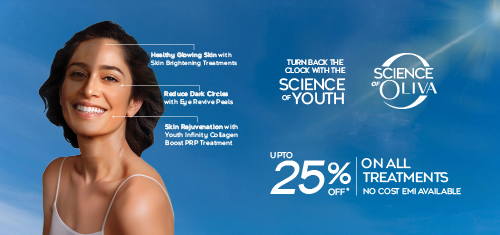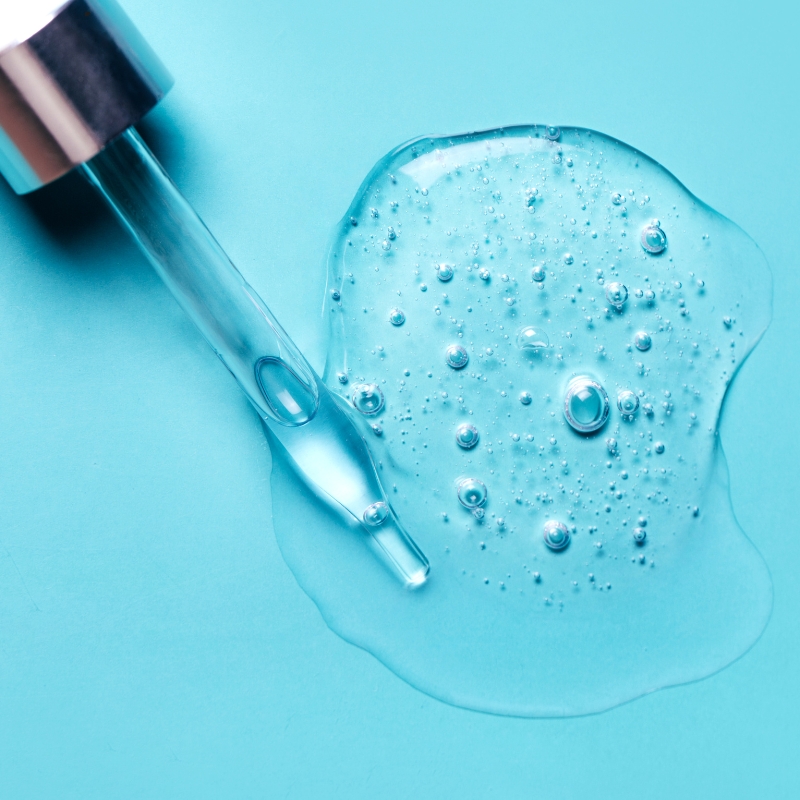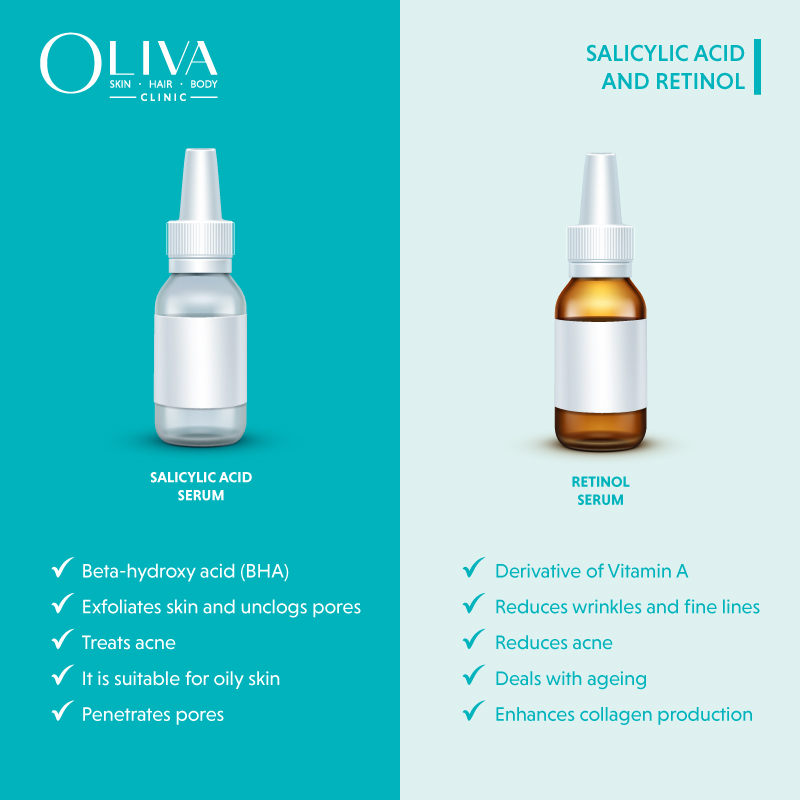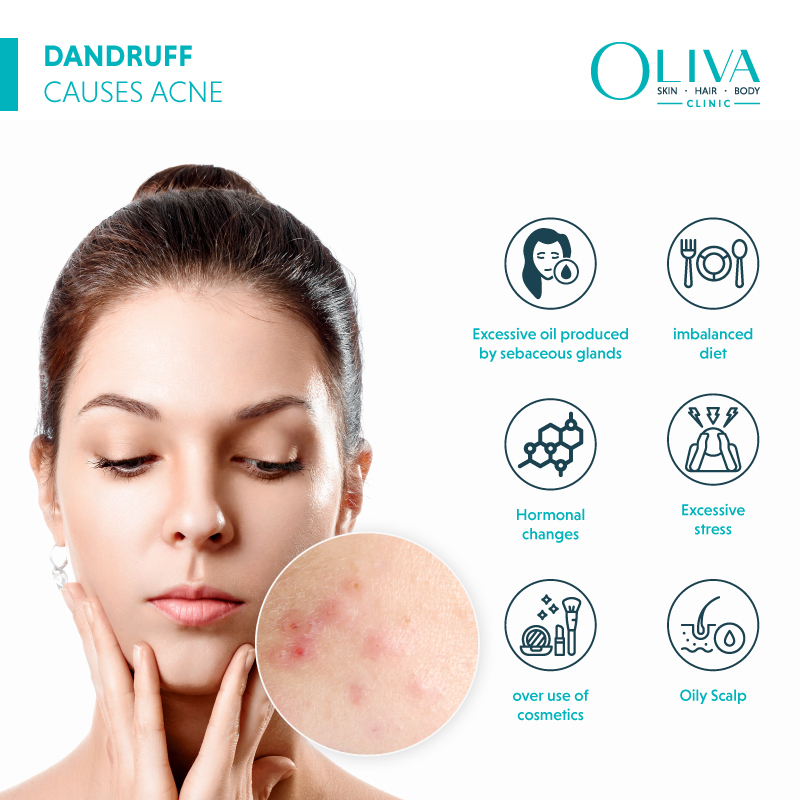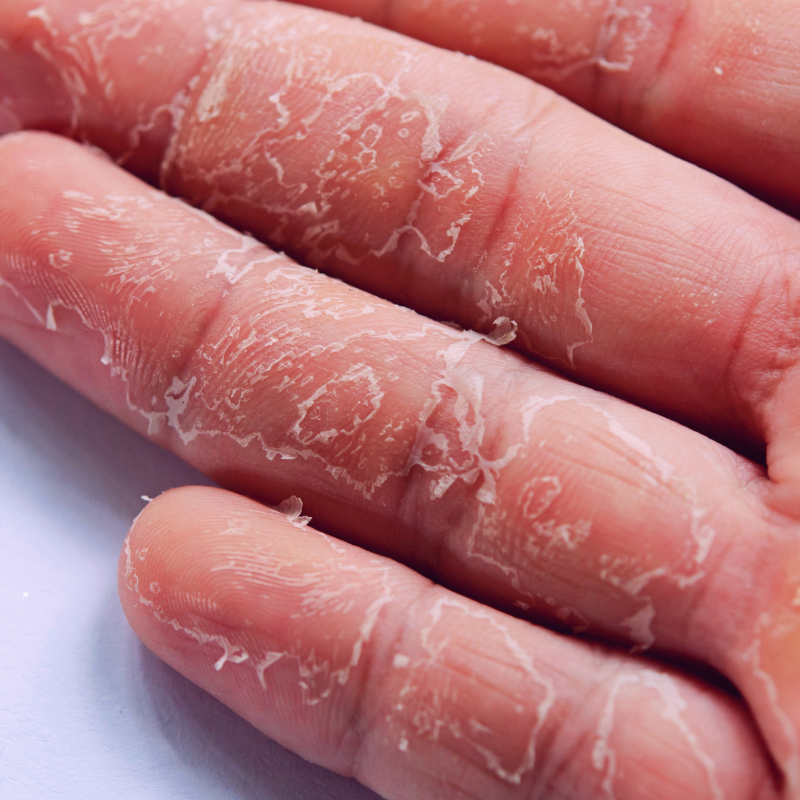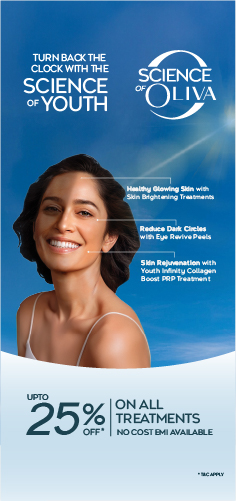In This Article
Salicylic Acid For Warts: Benefits, Side Effects & How To Use
Warts can be frustrating and salicylic acid is among the most common over-the-counter treatment options available. But, does it really work, and is it the right solution for you? This article answers these questions and helps you understand why salicylic acid for warts is an effective choice choice and what you should know before starting the treatment.
In This Article
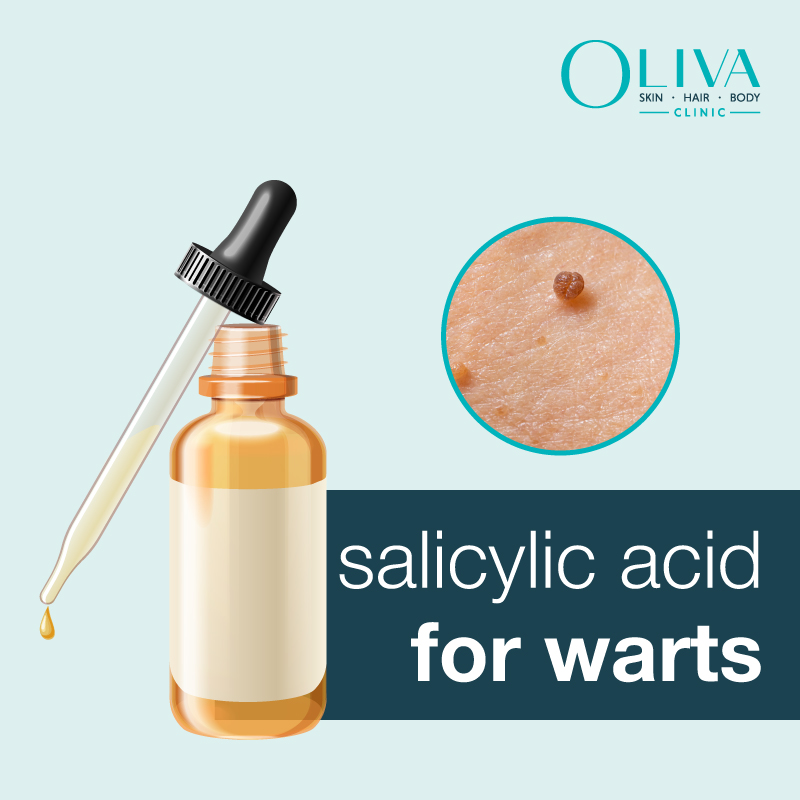
What Are Warts?
Warts are non-cancerous skin growths and human papillomavirus (HPV) [1] is often the cause. They can be of different types — common warts, plantar warts, and flat warts. While they are usually harmless, they can get painful at times. They are also often difficult to get rid of and may require different treatments.
Common Types Of Warts
Here are some of the most common types of warts [2] that you must be aware of:
- Common Warts: Also known as verruca vulgaris, these warts can occur anywhere in the body, with knees and hands being the most commonly affected. They are hard to touch, slightly raised and have a rough surface.
- Flat Warts: They are also called verruca plana. These warts are most commonly found on the face, hands, and lower legs, although they may also occur on other parts of the body. As the name suggests, flat warts are smooth and flat, lumpy growths.
- Filiform Warts: These warts are primarily seen on the face, mainly on the eyelids and around the lips. They are thin and have a long, thread-like appearance.
- Mosaic Warts: This type of wart is usually seen on the soles of the feet and hands. It appears in close and tight clusters.
- Plantar Warts: These warts are also found on the soles of the feet. They appear as small but hard eruptions with tiny black-coloured dots.
- Genital Warts: These result from sexual activity and commonly appear on the penis, vulva, and anus. Genital warts have a cauliflower-like appearance that is lumpy and grainy in texture. The off-white coloured warts are often a sign of cervical cancer in women.
How Does Salicylic Acid Work On Warts?
For those looking to treat warts, salicylic acid is a common and effective treatment. It works by slowly softening and dissolving the thickened layers of skin caused by HPV. [3] Salicylic acid is a keratolytic agent that breaks down the keratin protein in the wart, aiding its removal.
Salicylic acid also stimulates the immune response in the area and helps the body fight off the virus. When you apply it regularly for weeks or months, it peels away the wart layer by layer. For the best results, let the wart soak in warm water before applying salicylic acid. It helps increase absorption and thereby, effectiveness.
Salicylic Acid For Different Wart Types
If you are opting for salicylic acid wart treatment, remember that it is a topical application and you must be cautious and prevent it from entering your mouth, eyes, nose, or genitals. [4]
The Right Concentration:
- You can use a 27% solution once or twice daily to topically treat warts. [5]
- While a dose of 5% to 27% topical solution is effective for children above 2 years, it is best to consult a dermatologist as they will consider the age and severity of the condition and give the best dosage.
- You must not use salicylic acid for warts in children under 2 years.
You can use different methods for salicylic acid wart treatment. Doctors often suggest ointments, lotions or salicylic acid cream for warts. In addition, you can try duct tape wart removal or use bandages to cover and soften the warts. This method, however, requires close observation of the area to prevent skin reactions, allergies or infections over time. [6]
How To Use Salicylic Acid For Warts Removal?
Before you treat your warts, it is best to learn how to apply salicylic acid on warts to avoid any side effects. There are different formulations available off the counter which can be used to treat warts. You can opt for pads, liquid, gels and salicylic acid cream for warts.
Here is an easy, step-by-step guide [7] on using salicylic acid for warts:
- Prepare The Area: Soak the wart in warm water for 10-15 minutes to soften the skin for better absorption.
- File The Wart: Gently file the wart with an emery board or pumice stone to remove the dead skin. Avoid using the same file on healthy skin.
- Apply The Salicylic Acid: Follow the instructions on the product label. Apply the acid directly on the wart, covering the entire area.
- Cover The Wart: Some treatments recommend covering the wart with a bandage to keep the area moist, which helps the acid to work more effectively.
- Repeat Regularly: Consistency is key. Repeat this process daily until the wart disappears. It might take several weeks.
- Monitor For Side Effects: If you experience severe irritation, redness, or pain, stop the treatment and consult a healthcare provider.
Note: Salicylic acid works best on small, common warts and may be less effective on larger or stubborn warts.
Precautions While Using Salicylic Acid For Warts
Salicylic acid is a popular over-the-counter treatment for warts, but it may not suit everyone. There are specific cases when it should be avoided to prevent complications. Here are some of them:
- Sensitive Areas: Avoid using salicylic acid on warts located on the face, genitals, or other sensitive areas. The skin in these regions is delicate and can react more severely to the acid, leading to burns, scarring, or significant irritation. Warts in these areas should be treated by a dermatologist, who can recommend safer, targeted treatments.
- Diabetes Or Poor Circulation: Individuals with diabetes or circulation issues in the feet or hands should avoid using salicylic acid. The reduced blood flow in these areas slows the healing process and may increase the risk of infections or complications. Even minor skin damage can lead to serious consequences. In such cases, a healthcare provider should guide treatment options.
- Infected Or Irritated Skin: Salicyclic Acid can exacerbate these issues if the wart or surrounding skin is inflamed, infected, or broken. The acid can cause further damage to already compromised skin, increasing the risk of infections. Wait until the skin heals or seek a professional’s opinion before proceeding with the treatment.
- Treatment-related Adverse Effects: In rare cases, the salicylic acid wart treatment may cause allergic reactions, blistering, or burning sensations. [8] In such a case, it is best to stop the treatment immediately and consult a dermatologist.
Side Effects Of Salicylic Acid Wart Treatment
Although rare and mild, side effects of using salicylic acid for warts may include the following: [9]
- Burning sensation
- Slight peeling of the skin
- Skin redness that keeps spreading especially around the area that has been treated.
- Any visible signs of infection that may include septic, bloody or milky discharge.
- Formation of ulcer-like sores around the treated area.
- Any kind of allergic reaction after using Salicylic acid on the wart, including dizziness, coughing, nausea, itchiness, trouble breathing, and/or swelling of the tongue, throat or any other part of the body.
Managing Side Effects:
Here are some effective tips for managing any possible side effects of salicylic acid wart treatment. These include a combination of cautious application and proper skin care: [10]
- Before you start using salicylic acid, consult a dermatologist to discuss your allergies and medications in detail. This will help you understand precautions and avoid interactions, if any.
- If you have existing skin concerns, you should consult an expert dermatologist before using salicyclic acid to treat your warts.
- Always apply a thin layer of the product, and avoid using it on broken or irritated skin.
- If skin irritation occurs, reduce the frequency of application or switch to a lower concentration of salicylic acid.
- You can use petroleum jelly or a barrier cream around the wart.
- If your skin is excessively dry or peeling, moisturise it with a gentle, non-irritating cream, but avoid applying it directly to the wart.
- In cases of pain or burning, stop the treatment immediately and consult your dermatologist for alternative treatment options.
When To See A Dermatologist?
Even though this salicylic acid wart treatment is effective, it is best to see a dermatologist to avoid the condition from worsening.
Signs You Should Not Ignore:
- Persistent Warts: If the warts on your body are not responding to treatment even after several weeks or if they keep returning, it is best to talk to an expert.
- Spreading Or Multiple Warts: Warts that spread rapidly or appear in clusters might need professional intervention. [11]
- Pain Or Bleeding: If the warts become painful, start to bleed, or show signs of infection, you must stop at-home treatments and see a doctor.
- Uncertain Diagnosis: If you are unsure whether the growth is a wart or something else, you must not delay consulting a dermatologist.
- Sensitive Areas: Warts on the face, genitals, or other delicate areas should always be evaluated by a dermatologist. A salicylic acid wart treatment is not advisable in this case.
Alternatives For Wart Removal
Here are some other treatments for warts that might prove effective if salicylic acid for warts is not working out for you:
- Cryotherapy: This in-clinic procedure involves spraying or applying liquid nitrogen on the wart to freeze it. As a result, the cells of the top layer die due to excessive cold and eventually fall off. This procedure requires 2-3 sessions a few weeks apart and is best for warts on the hands. [12]
- Immune Therapy: Dermatologists often prescribe stronger salicylic acid medication to stimulate the immune system to fight the wart virus. This could be in injectable form or applied as a topical retinoid or salicylic acid cream for warts.
- Laser Therapy: Again, an in-clinic procedure, laser therapy for warts, that involves multiple sessions by expert dermatologists. Laser therapy uses focused light energy to destroy wart tissue. It is often used for resistant warts or those in hard-to-treat areas. Though effective, it may require multiple sessions. [13]
- Electrosurgery And Curettage: This procedure involves burning the wart using an electrical current (electrosurgery) and scraping it off (curettage). It is used for stubborn or large warts. Even though it is a quick procedure, it is not as effective; warts tend to reappear, and leaving significant scarring. [14]
Myths About Warts
Here are some of the most common myths surrounding warts and the facts that you must know: [15]
Myth 1: Warts Have Roots
Fact: Warts don’t have roots. They grow in the top layer of skin, the epidermis. Sometimes, they appear to have roots because they can push deeper into the skin, but no actual roots are involved.
Myth 2: Warts Are Caused by Touching Frogs Or Toads
Fact: Warts are caused by the human papillomavirus (HPV), not by touching frogs or toads. The virus enters the skin via tiny cuts or abrasions, leading to wart growth.
Myth 3: You Can Spread Warts By Touching Them
Fact: While warts are contagious, they usually spread when there is direct contact with infected skin or contaminated surfaces. It does not happen just by touching them casually. They are more likely to spread if you pick at them or share personal items like towels.
Myth 4: Warts Are Permanent
Fact: Warts are treatable and often go away on their own over time. Proper treatments, such as, salicylic acid, cryotherapy, or other methods can remove warts quickly and effectively.
Myth 5: Cutting Off A Wart Removes It Permanently
Fact: We do not recommend cutting off a wart on your own as it can lead to infection, scarring, and even spreading the virus to nearby skin. Proper treatments target the virus, not just the visible growth.
Takeaway
Using salicylic acid for warts is a very effective way to treat this skin condition. However, you must understand how to apply salicylic acid on warts to avoid side effects and ensure the best results. Remember that consistent application and correct management are key. If you are facing persistent or problematic warts it is best to consult a dermatologist or your healthcare provider for the correct guidance.
Frequently Asked Questions On Salicylic Acid For Warts
Applying a bandage or duct tape to the wart recently treated with salicylic acid is best. It keeps the area moist and soft, helping the healing process.
It can take several weeks to remove a wart completely with salicylic acid. Consistent daily application may take 6 to 12 weeks for the wart to disappear completely.
Salicylic acid is the most commonly recommended acid for treating warts. It is effective for most types of warts because it can exfoliate and gradually dissolve the wart tissue.
If the wart begins to shrink, flake, turn white or peel away, it indicates that the treatment is working.
Yes, salicylic acid application turns warts white as the dead skin begins to soften. It indicates that the wart will soon fall off.
With consistent and regular application, salicylic acid removes warts in three months. However, the exact time depends on several factors, including the place of the wart, its type, size, and the cluster of warts.

